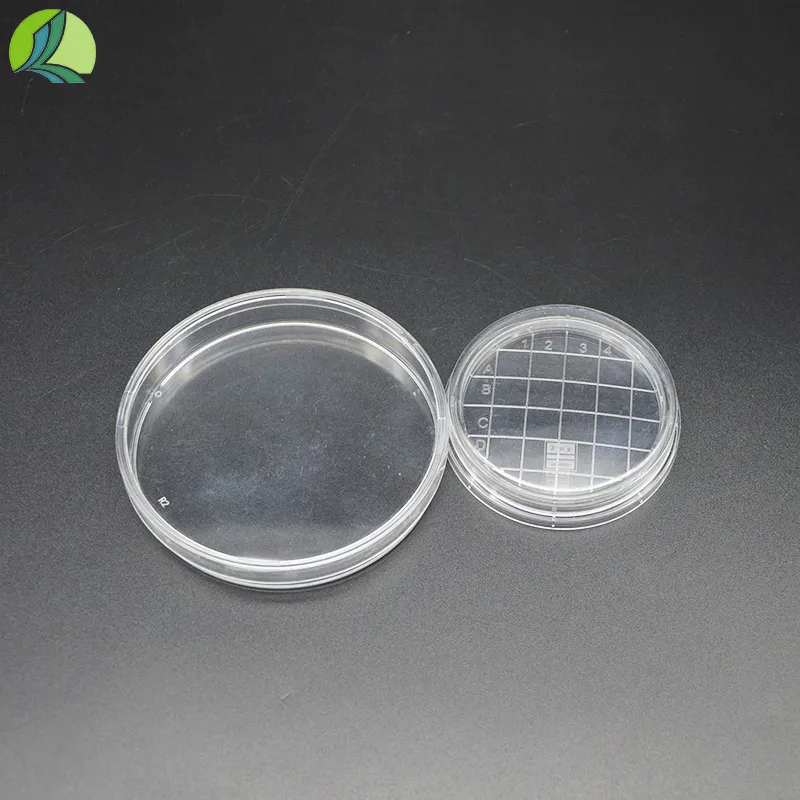Understanding the Purpose and Use of Culture Plates in Microbiology Experiments
What is a Culture Plate?
A culture plate is an essential tool used in microbiology and various biological fields for the growth and study of microorganisms, cells, and tissues. These plates provide a controlled environment that allows scientists and researchers to cultivate organisms for observation, testing, and analysis. Understanding the use and significance of culture plates is crucial for advancements in healthcare, research, and biotechnology.
What is a Culture Plate?
The process of using a culture plate begins with the preparation of a sterile environment to prevent contamination. Sterilization can be achieved through autoclaving, which uses high-pressure steam to eliminate unwanted microorganisms. Once sterilized, the nutrient medium is poured into the plate and allowed to solidify. Researchers then introduce samples—such as swabs from surfaces, clinical specimens, or microbial cultures—onto the medium.
what is a culture plate

After incubation, typically at controlled temperatures, the microorganisms multiply, forming visible colonies on the culture plate. Each colony arises from a single organism, allowing for identification and enumeration. Researchers can then analyze the characteristics of these colonies, including color, shape, and size, which can provide insights into the type and behavior of the microorganisms present.
Culture plates are invaluable in various applications. In clinical microbiology, they are crucial for diagnosing infections by isolating and identifying pathogens from patient samples. In pharmaceutical research, culture plates are used for testing the efficacy of drugs against specific microorganisms. Additionally, they play a significant role in environmental studies, food safety testing, and biotechnology, providing a means to monitor microbial populations and conduct experiments on genetic modification or metabolic processes.
In summary, culture plates are fundamental tools in the field of microbiology. They offer a simple yet effective means of culturing and studying microorganisms, enabling a wide range of scientific inquiries and applications. Through the use of culture plates, researchers can gain critical insights into the world of microbes, leading to breakthroughs in medicine, environmental science, and biotechnology. Understanding how to effectively utilize culture plates can significantly enhance the accuracy and effectiveness of experimental outcomes in microbiological research.
-
Aesthetic Makeup Spray Bottles | Fine Mist Empty RefillableNewsAug.19,2025
-
White Plastic Veterinary Vaccine Vials | Lab Liquid BottlesNewsAug.18,2025
-
Plastic Medicine Liquid Bottle: Secure Flip Top Drug VialsNewsAug.17,2025
-
Durable 250ml Blue Plastic Vaccine Vial for Lab & Vet UseNewsAug.16,2025
-
Sterile Virus Sample Tubes: Secure & Reliable Specimen CollectionNewsAug.15,2025
-
White 250ml Plastic Vaccine Vial for Lab & Vet MedicineNewsAug.14,2025
























